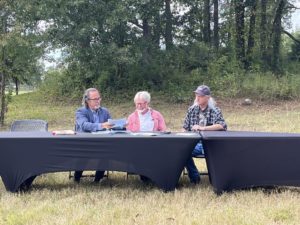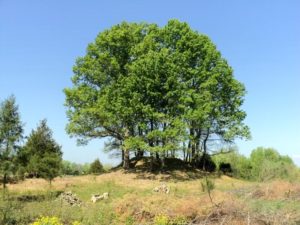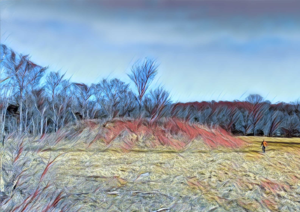
Historic conservation easement signed in Franklin TN

Big mound next to Westhaven, Franklin TN

Historic conservation easement signed in Franklin TN

Big mound next to Westhaven, Franklin TN
Check out the video added to THE GLASS MOUNDS SITE :
Glass Mounds Historical Marker Dedication 2014
‘Glass’ Mounds Historical Marker Dedication video, near Franklin, Tennessee, with Toye Heape, Mark Tolley, Kevin Smith, Mack Pritchard.
Thanks to : Flick Wiltshire, Videographer, & Vintage Flick Productions
• Glass Mounds Account @ the bank here in Westhaven
• raising funds
• developing site
• reflection seating
• parking
• exhibits
Our board meets quarterly – next meeting is saturday 12 march @ 10am central on zoom. Contact us at tasc (at) tennasc.org if you have something for the agenda.
Check out the new 2-page article “the Heights of History: ‘Pinson’ Mounds State ‘Archaeological’ Park” by Trish Milburn in ‘the Tennessee Magazine’, created by Middle Tennessee Electric.
Together, we must preserve Tennessee history—we owe it to our past, our present, and our future generations.• Laura Turner, Guest Columnist, President of Citizens for Old Natchez Trace.
The Natchez Trace rural landscape in Williamson County was placed on the endangered list again in 2016 under the threat of development, according to the Tennessee Preservation Trust.
Laura Turner is the President of Citizens for Old Natchez Trace.
Hi, Tennessee Ancient Sites Conservancy.
Glad you’ve joined us here at PayPal —
your account is now ready for business.done!
You’re all set
Your account is ready for business.
Check out our new Contribute page!
Frog Bay in Wisconsin is the first-ever tribal national park
This pristine land on Lake Superior sits at a crossroads of the Anishinaabe people — and ice caves are nearby.
Frog Bay Tribal National Park is the country’s first tribally owned or controlled park that’s open to the public. The Red Cliff Band of Lake Superior Chippewa (Anishinaabe) created the park on Wisconsin’s Bayfield Peninsula in 2012 after reacquiring an 89-acre parcel. In 2017 a second 86-acre plot was procured, doubling the park’s size.
Middle Cumberland Archaeological Society’s first 2022 meeting will be a field trip to Castalian Springs Mounds State park at 10 am on SATURDAY, MARCH 5. Kevin E. Smith of Middle Tennessee State University will lead the tour at the mound site. Length of the tour will depend entirely on the temperature – probably plan on an hour.
Founded as a small village around 1100 ce, the native peoples of Castalian Springs embarked on massive-scale construction projects to transform the community into the largest mound center on the Cumberland River east of Nashville. By 1300 ce, the site was a center of religious revitalization and artistic renaissance dominating what is now Sumner County and known throughout the Mississippian world.
Over a decade of MTSU archaeological excavations have revealed a detailed picture of the community – along with evidence for the production of negative painted ceramics, marine shell gorgets, fluorite jewelry, and much more. Kevin Smith, who has led investigations of the site’s history and prehistory for nearly four decades, will guide the tour and provide the newest interpretations. After a hiatus of excavations due to the pandemic, Paul Eubanks (MTSU) plans to resume fieldwork this summer to examine the last remaining major earthworks at the site.
RSVP: If you plan to attend the tour, please email or leave a voicemail for Kevin Smith with your name, number in your party, and contact number/email: kevin.smith@mtsu.edu or 615-898-5958.

Missippian mound at old Sellar’s farm
(i think a better name for it is Tvpvsvnv Mound (
(tuh-puh-sha-nuh) = dragonfly) for the unique dragonflies found there on Spring Creek.)
2 ‘Pinson’ Mounds – south of Jackson